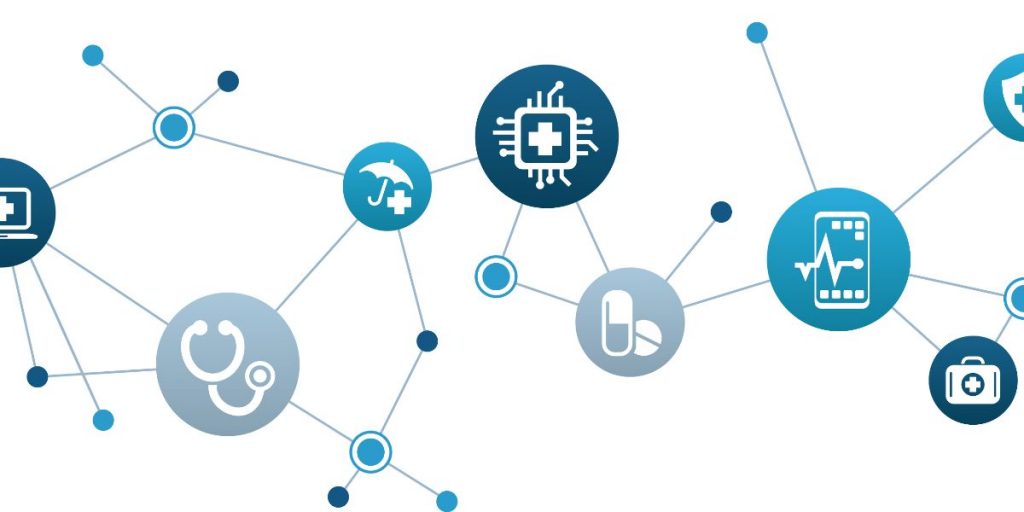AWS Public Sector Blog
Tag: Canada
How NLCHI provides hybrid access to their EHR system through AWS PrivateLink
The Newfoundland and Labrador Centre for Health Information (NLCHI) provides quality information to health professionals, the public, researchers, and health system decision makers. Through collaboration with the health system, NLCHI supports the development of data and technical standards, maintains key health databases, carries out analytics and evaluation, and supports health research. This post details how NLCHI is able to provide secure and scalable access to their on-premises provincial electronic health record (EHR) system, by trusted and authorized partners who run on AWS, through the use of AWS PrivateLink, Network Load Balancer, and AWS Site-to-Site VPN.
AlayaCare reimagines in-home and virtual care with AWS
AlayaCare, a Canada-based health technology organization founded in 2014, offers a platform for home and community care organizations. The cloud-based platform provides an end-to-end solution for care providers, including back office functionality, client and family portals, remote patient monitoring, and mobile care worker functionality. AlayaCare aims to help care providers by arming them with the technology and data insights they need to deliver personalized care. Using AWS, AlayaCare is building their vision of the future of in-home and virtual care.
Keeping Canadians safe while protecting their privacy: COVID Alert app
The Government of Canada (GC) set ambitious goals at the onset of COVID-19. One goal: to offer a mobile app to notify its users of possible exposures before symptoms appear in a way that wouldn’t jeopardize their privacy. In July, the GC released the COVID Alert app, an exposure notification application. COVID Alert doesn’t require users to enter—nor does it obtain from the mobile device—any personally identifiable information (PII) and doesn’t use location tracking. Let’s take a look at COVID Alert app’s cloud-based architecture and how the app is helping slow the spread of COVID-19, and helping keep Canadians safe while protecting privacy.
Canadian government meets citizen needs quickly with secure, compliant solutions built on AWS
Governments at all levels rapidly addressed the rising challenges of the COVID-19 pandemic. Canadian governments met citizens’ needs quickly by building secure, compliant solutions on AWS to deliver critical information and services. Working with partners and AWS, Canadian governments and agencies released multiple solutions for providing a modern, digital-first experience for all to interact with the government and receive the information and services they need.
Delivering modern, accessible virtual healthcare solutions with the cloud
Telehealth solutions make virtual, real-time interactions between patient and provider possible. These solutions can be beneficial for both patients and care providers, letting patients receive care without having to step into a doctor’s office—a key feature that has benefits for those in hard-to-reach or rural areas and patients with mobility issues. Additionally, these solutions can help reduce physical traffic in hospitals, which is imperative during the pandemic. Customers around the globe share how building on AWS, helps them scale, innovate, and operate at scale to improve the patient and care provider experience.
From the classroom to the great outdoors: Catch up with the AWS Fix This podcast
In July and August on the Amazon Web Services (AWS) Fix This podcast, we heard from customers on their solutions for the classroom, in diagnostic research, for working from home, and in the great outdoors.
Helping healthcare professionals use the cloud to serve Canadians citizens through AWS DigiHealth
In June, Amazon Web Services (AWS) piloted AWS DigiHealth, an educational program designed for healthcare professionals in IT, digital health, and healthcare delivery to learn about cloud computing concepts. The program teaches participants about the value of the cloud, shares examples of how the cloud can be applied in healthcare, and reviews applicable available services through AWS. The pilot was eligible for working professionals in the health care sector who were interested in learning how the cloud can help them transform their organization and spur innovation.
Addressing Alzheimer’s, citizen services, and coronaviruses: The latest from AWS Cloud Innovation Centers
AWS Cloud Innovation Centers (CICs) focus on solving real-life societal challenges facing the public sector. These public-private partnerships between a public sector organization—like a university or local city—and AWS can help unlock innovation, faster. Through the CIC challenges, organizations and students work to solve societal problems through digital solutions and Amazon’s innovation processes while providing students a platform to learn. These solutions and results are published open source, so others can benefit from this innovative work. This past quarter, CICs worked on address Alzheimer’s, citizen services, and coronaviruses.
AWS DigiGov: Accelerating cloud learning for government, virtually
Launched in 2018 as a two-day in-person cloud education program for government officials, AWS has redesigned AWS DigiGov in a virtual format. AWS DigiGov is a two-day education program with curriculum based on the AWS Certified Cloud Practitioner exam. Through lectures, cloud-based curriculum, and hands-on labs, participants representing federal, provincial, and municipal government learn to use the cloud within their environment and remove barriers to the cloud technology.
How open source helps governments respond to COVID-19 with speed, scale, and agility
Governments are sharing their technology solutions with other governments through open source tools. These tools are helping state, local, and federal governments respond quicker, and at the scale needed, especially during the COVID-19 pandemic. However, one of the challenges governments face is finding out what open source tools are available. To help public sector customers use open source tools better, AWS launched Open Government Solutions, which aggregates open source projects and assets from public sector entities around the globe for governments at all levels to find, adapt, and reuse. During a panel conversation around the launch, government leaders outlined five key reasons why governments are choosing open source technologies to deliver citizen services.









